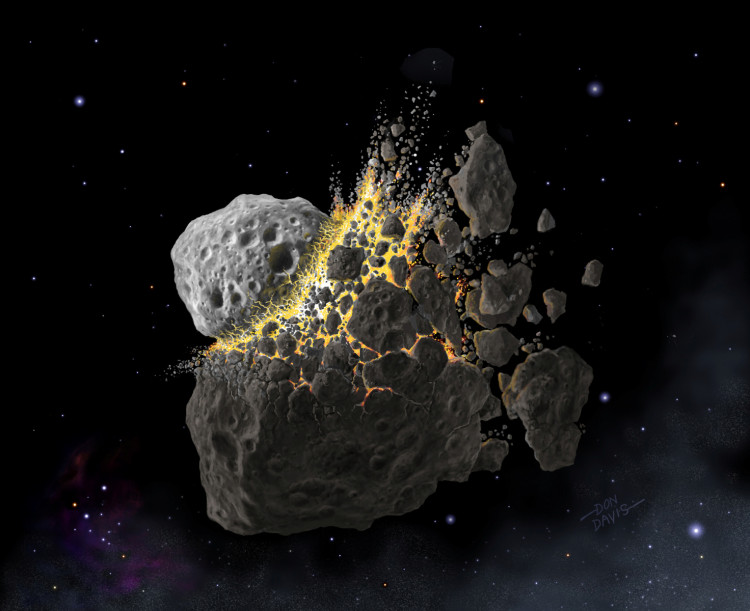The asteroid with the label 2021 AL1 is currently orbiting the solar system and is set to come so near to Earth over the weekend. The space rock will zoom past our planet on Jan. 16.
The asteroid has traveled past Mars on its way to Earth's orbit and will swing inward to Venus before going back out. It moves at a speed of approximately 30,000 miles per hour.
NASA also revealed that asteroid 2020 AL1 would not be closer than 9.4 times the distance between Earth and the Moon. The distance between the Earth and the Moon is called the Lunar Distance (LD) and is 238,900 miles. However, this is also close enough to be considered a Near-Earth Object (NEO) by NASA.
In a way, comets and asteroids are the remnants of the solar system. Most of the dramatic physical processing that formed the planets has been avoided and hence reflects more closely the properties of the primordial solar nebula.
Composed mainly of water ice with embedded dust particles, comets were initially formed in the cold outer planetary system, while most of the rocky asteroids were formed in the colder inner solar system between the orbits of Mars and Jupiter.
Scientific interest in comets and asteroids is primarily due to their position as comparatively untouched remnant debris from the solar system formation period around 4.6 billion years ago.
The giant outer planets (Jupiter, Saturn, Uranus, and Neptune) created by the agglomeration of billions of comets and the leftover bits and pieces of this type of formation are the comets we see today. Likewise, today's asteroids are the bits and pieces left behind from the early agglomeration of the inner planets, including Mercury, Venus, Earth, and Mars.
Near-Earth objects are also of interest because one or more massive objects have been blamed for the unusual but catastrophic events that have caused the mass extinction of life on our planet.
The comets and asteroids whose orbits carry them closer to Earth are the most accessible to a thorough investigation, both from the ground and from the spacecraft. When nature kindly brings an occasional comet to the surface of the Earth as a meteorite, we will study it closely in the laboratory; a great deal of knowledge has been gleaned from such objects regarding the primordial chemical structure and primitive processes.
In the United States, NASA has a congressional mandate to catalog all NEOs that are at least 0.6 miles wide. At this scale and size, the effects of the NEO may have resulted in devastating local damage and moderate to substantial global implications.




